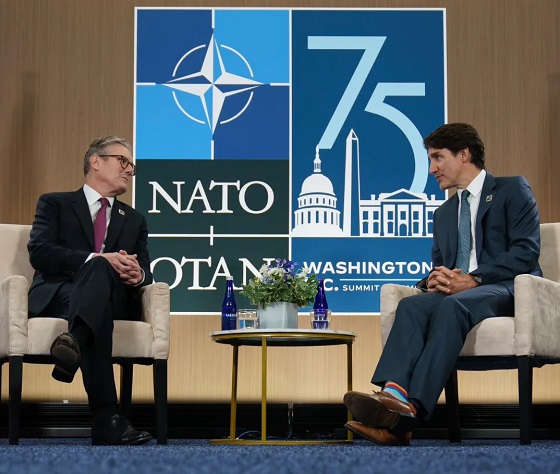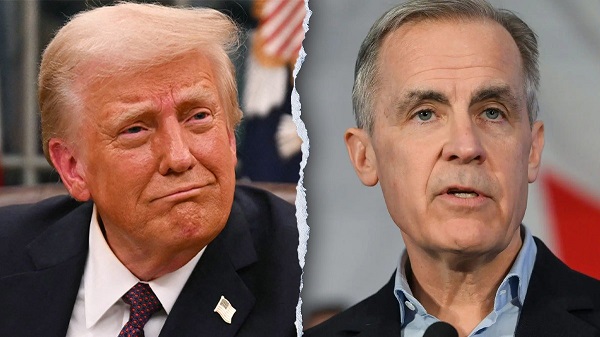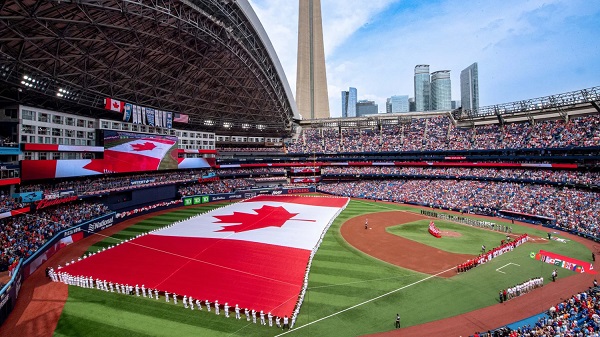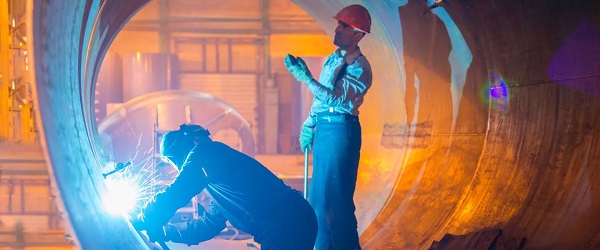Fraser Institute
Legal rights should not depend on lineage—Indigenous or otherwise

From the Fraser Institute
By Bruce Pardy
Once upon a time, legal rights depended on who your parents were. The ruler was the son of the ruler before him. If your parents were serfs, you were a serf, too. Lineage was destiny.
A judge of the British Columbia Supreme Court recently found that the Cowichan First Nation holds Aboriginal title over 800 acres of government land in Richmond, B.C. But that’s not all. Wherever Aboriginal title is found to exist, said the court, it is a “prior and senior right” to fee simple title, whether public or private. That means it trumps the property you have in your house, farm or factory.
If the Cowichan decision holds up on appeal, it would mean private property is not secure anywhere a claim for Aboriginal title is made in Canada including B.C. and New Brunswick. In November, a judge of the New Brunswick King’s Bench suggested that where such a claim succeeds, the court may instruct the government to expropriate the private property and hand it over to the Aboriginal group. Don’t dismiss these decisions as isolated or not having national implications. They are the logical extension of the Supreme Court of Canada’s extensive Aboriginal law jurisprudence.
They are also consistent with core Canadian beliefs. Special status for Aboriginal people is deeply ingrained in Canadian culture and enshrined in the Constitution. Aboriginal rights are widely regarded as the natural and proper order of things. But in fact, they are the opposite. In a free country governed by the rule of law, Aboriginal rights should not exist.
Invasion, migration and mixing is the history of humanity. The Romans invaded the British Isles in 55 B.C. and conquered the place about 100 years later, on their second try. By 500 A.D., Saxons had established themselves as the dominant power. In 1066, the Normans overthrew the Saxon kingdom. Today, British law does not have different rights for descendants of Romans, Saxons and Normans. The people are British.
It wouldn’t have seemed that way in 1066. When aliens force their way into a territory, the inhabitants understandably resist. They try to preserve the memory that the place belongs to them. But over centuries, things change. People mix, culturally and genetically. Descendants of inhabitants and invaders marry and procreate. Their offspring do the same. More people from other different places arrive and mix, too. Everyone born there is native to the place. The culture is neither what existed before the invasion nor what the invaders brought with them. No one alive remembers either. The culture in which they live is a distinctive derivative.
Once upon a time, legal rights depended on who your parents were. The ruler was the son of the ruler before him. If your parents were serfs, you were a serf, too. Lineage was destiny. But like the culture, the law evolved. Eventually, everyone got the vote and the right to run for office. Everyone could own property and was free to buy and sell it. Everyone could marry who they chose, and divorce as they saw fit.
But in Canada, this old idea has been reconstituted as a progressive imperative. Under section 35 of the Canadian Constitution, the legally privileged group is Aboriginal, not European. Indigenous people have the same legal rights as any other Canadian citizen. But they also have rights no one else may claim. Depending on their lineage and group affiliations, they may have treaty rights. They may be entitled to tax exemptions. They may receive exclusive benefits. They may claim positions on governing bodies and in institutions reserved only for them. They may be entitled to procedures and considerations in criminal sentencing that no one else receives. Their group may be granted Aboriginal title on land from which other Canadians are excluded.
This special status has not benefited most Aboriginal people. But it has enriched their elites who administer the substantial largesse that flows from government coffers. Aboriginal property is a group right controlled by Aboriginal leaders. Individual Indigenous people do not own plots of land on reserves or on lands subject to Aboriginal title.
Dependency endures because governments and many Indigenous leaders want it that way. Former Mount Royal University professor Frances Widdowson, among others, has argued that we can trace persistently poor social conditions experienced by many Indigenous people to a thriving “Aboriginal industry.” Indigenous and non-Indigenous institutions and individuals—chiefs, leaders, consultants, managers, bureaucrats, politicians, lawyers and others—have a vested interest in the existing system of Aboriginal rights and status as special groups. Section 35, as interpreted by the Supreme Court of Canada, constitutionally entrenches this system. The recent Cowichan decision is just one of its consequences.
Let’s say the truth out loud. The British and the French conquered the territory now known as Canada. They weren’t invited, and they couldn’t have been persuaded to leave. They came with numbers and technology that overwhelmed the cultures that were there at the time, many of which were engaged in violent conflicts with their neighbours. Many people on the continent were not the first inhabitants of their territories. Treaties made with the Crown made the best of a bad situation. Lands not surrendered by treaty were no less subsumed by the new people, culture and country.
Most importantly, none of this matters now. Generations have passed. We are all Canadian citizens mixed together. Some people have Aboriginal lineage, some have British or French, some have both, and many have none of the above. It’s time to reject the idea that legal rights depend on lineage. In a free country, laws apply not to distinctive peoples, but to people.
Business
Carney government plans to muddy the fiscal waters in upcoming budget
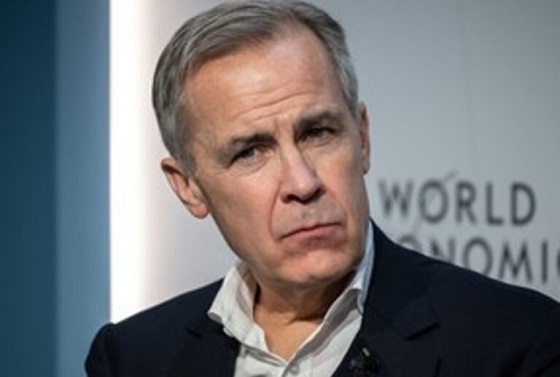
From the Fraser Institute
By Jake Fuss and Grady Munro
Rather than directly spend money on critical infrastructure such as roads, bridges, ports or even electricity grids—things that traditionally are considered capital investments—the government plans to spend money on subsidies and tax breaks to corporations (i.e. corporate welfare) under the umbrella of “capital investment”
The Carney government’s long-awaited first budget is almost here—expected Nov. 4—but Canadians may not recognize what they get. Early on, the new government promised a new approach to spending. Thanks to a decade of record-breaking spending under Justin Trudeau, the federal deficit sits at a projected $48.3 billion while total debt has eclipsed $2.1 trillion. But the Carney government’s plan announced this week appears to rely on accounting maneuvers rather than any substantive spending reductions.
According to the latest details released by the government, the Carney government will separate spending into two categories: “operating spending” and “capital investment.” Within this framework, the government plans to balance the “operating budget” within three years.
But of course, if the government eventually balances the operating budget, that doesn’t mean it will stop borrowing money to pay for“capital investment”—a new category of spending the government can define and expand whenever it deems necessary.
Currently, according to the government, capital investment will include any spending or tax expenditures (e.g. tax credits and deductions) that “contribute to capital formation”—the creation of assets (such as machinery or equipment) that improve the ability of workers to produce goods and services.
In other words, rather than directly spend money on critical infrastructure such as roads, bridges, ports or even electricity grids—things that traditionally are considered capital investments—the government plans to spend money on subsidies and tax breaks to corporations (i.e. corporate welfare) under the umbrella of “capital investment,” so long as this spending will somehow “encourage” capital formation. But clearly, corporate welfare doesn’t belong in the same category as the expansion of a critical port, for example, and the government shouldn’t pretend that it does.
Put simply, because the term “capital investment” is so broad and malleable, the government can seemingly use it whenever it wants. For example, to meet NATO’s spending target of 2 per cent of GDP, a key point of contention in Carney’s negotiations with President Trump, the Carney government could (inaccurately) categorize some defence spending as capital spending. And in fact, the Parliamentary Budgetary Officer—Ottawa’s fiscal watchdog—views the Carney government’s definition as “overly expansive” and suggests the inclusion of corporate tax breaks and subsidies will “overstate” the government’s actual contribution to the creation of capital.
This approach by the Carney government will not help Canadians understand the true state of federal finances. While Finance Minister François-Philippe Champagne recently said that the “deficit and the debt will be recorded in the same manner as in previous budgets,” on budget day and beyond the government will undoubtedly focus on the operating budget when communicating to Canadians. So, the government will only tell part of the story.
After years of fiscal mismanagement with large increases in spending and debt under the Trudeau government, Canadians need a government willing to make the tough decisions necessary to get federal finances back in shape. But the Carney government appears poised to shirk accountability and use tricks to cloud the true state of federal finances.
Automotive
Governments continue to support irrational ‘electric vehicle’ policies
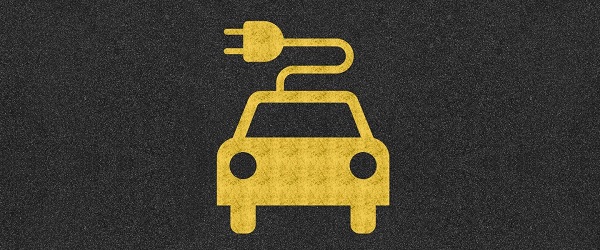
From the Fraser Institute
Another day, another electric vehicle (EV) fantasy failure. The Quebec government is “pulling the plug” on its relationship with the Northvolt EV battery company (which is now bankrupt), and will try to recoup some of its $270 million loss on the project. Quebec’s “investment” was in support of a planned $7 billion “megaproject” battery manufacturing facility on Montreal’s South Shore. (As an aside, what normal people would call gambling with taxpayer money, governments call “investments.” But that’s another story.)
Anyway, for those who have not followed this latest EV-burn out, back in September 2023, the Legault government announced plans to “invest” $510 million in the project, which was to be located in Saint-Basile-le-Grand and McMasterville. The government subsequently granted Northvolt a $240 million loan guarantee to buy the land for the plant, then injected another $270 million directly into Northvolt. According to the Financial Post, “Quebec has lost $270 million on its equity investment… but still had a senior secured loan tied to the land acquired to build the plant, which totals nearly $260 million with interest and fees.” In other words, Quebec taxpayers lost big.
But Northvolt is just the latest in a litany of failure by Canadian governments and their dreams of an EV future free of dreaded fossil fuels. I know, politicians say that it’s a battle against climate change, but that’s silly. Canada is such a small emitter of greenhouse gases that nothing it could do, including shutting down the entire national economy, would significantly alter the trajectory of the climate. Anything Canada might achieve would be cancelled out by economic growth in China in a matter of weeks.
So back to the litany of failed or failing EV-dream projects. To date (from about 2020) it goes like this: Ford (2024), Umicore battery (2024), Honda (2025),General Motors CAMI (2025), Lion Electric (2025), Northvolt (2025). And this does not count projects still limping along after major setbacks such as Stellantis and Volkswagen.
One has to wonder how many tombstones of dead EV fantasy projects will be needed before Canada’s climate-obsessed governments get a clue: people are not playing. Car buyers are not snapping up these vehicles as government predicted; the technologies and manufacturing ability are not showing up as government predicted; declining cost curves are not showing up as government predicted; taxpayer-subsidized projects keep dying; the U.S. market for Canada’s EV tech that government predicted has been Trumped out of existence (e.g. the Trump administration has scrapped EV mandates and federal subsidies for EV purchases); and government is taking the money for all these failed predictions from Canadian workers who can’t afford EVs. It really is a policy travesty.
And yet, like a bad dream, Canada’s governments (including the Carney government) are still backing an irrational policy to force EVs into the marketplace. For example, Ottawa stills mandates that all new light-duty vehicle sales be EVs by 2035. This despite Canadian automakers earnest pleas for the government to scrap the mandate.
Canada’s EV policy is quickly coming to resemble something out of dysfunctional-heroic fiction. We are the Don Quixotes, tilting futilely at EV windmills, and Captain Ahabs, trying to slay the dreaded white whale of fossil-fuelled transportation with our EV harpoons. Really, isn’t it time governments took a look at reality and cut their losses? Canada’s taxpayers would surely appreciate the break.
-

 Business1 day ago
Business1 day agoThe Grocery Greed Myth
-

 Frontier Centre for Public Policy9 hours ago
Frontier Centre for Public Policy9 hours agoCanada’s Democracy Is Running On Fumes
-

 COVID-192 days ago
COVID-192 days agoTamara Lich says she has no ‘remorse,’ no reason to apologize for leading Freedom Convoy
-
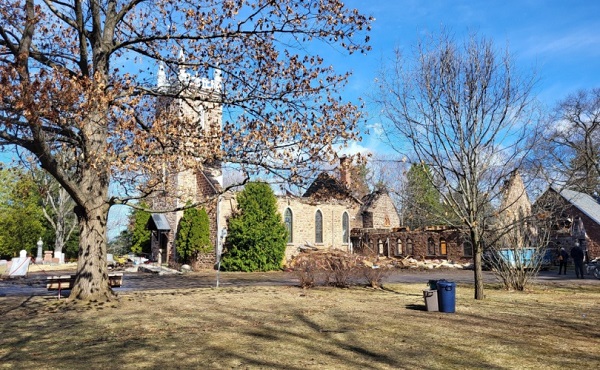
 Crime2 days ago
Crime2 days agoCanada’s safety minister says he has not met with any members of damaged or destroyed churches
-
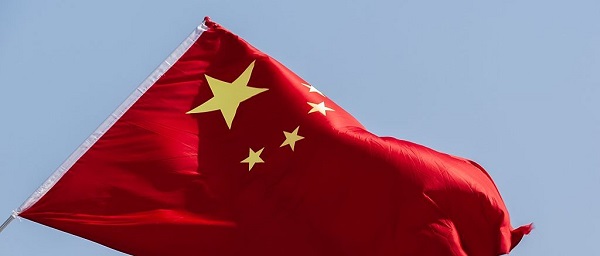
 Business2 days ago
Business2 days agoTrump Warns Beijing Of ‘Countermeasures’ As China Tightens Grip On Critical Resources
-

 International2 days ago
International2 days agoTrump gets an honourable mention: Nobel winner dedicates peace prize to Trump
-

 Business1 day ago
Business1 day agoTax filing announcement shows consultation was a sham
-

 Education9 hours ago
Education9 hours agoClassroom Size Isn’t The Real Issue





